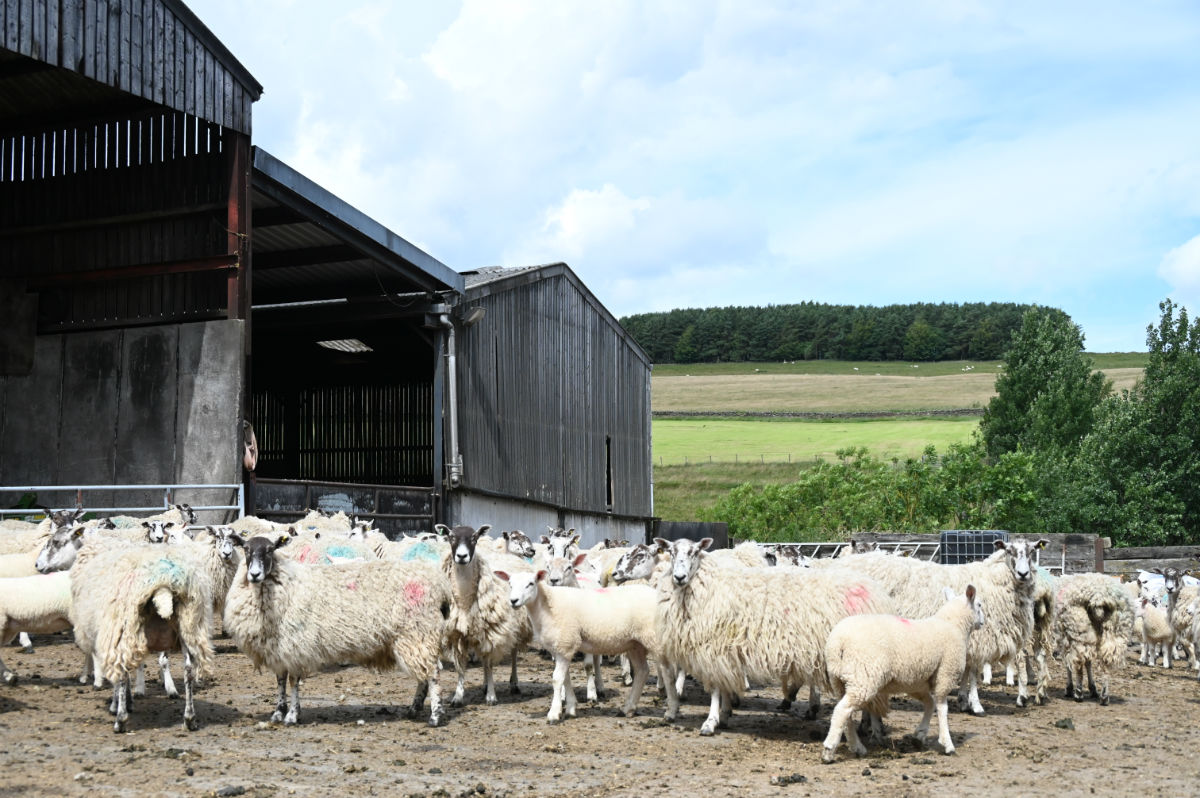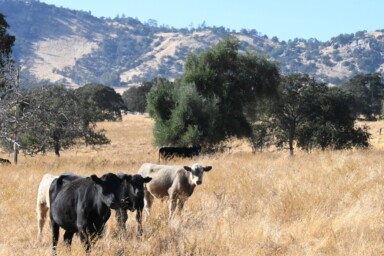As part of a new, two-part series, food and farming writer, Marianne Landzettel, meets with upland farmers in northeast England who explain why the shift to the new farm payments scheme – the Sustainable Farming Incentive – poses an existential threat for many upland farmers.
Until the UK left the European Union, farmers received payments based on the acreage they farmed. For farmers in England (as the devolved nations, Scotland, Wales and Northern Ireland develop their own agricultural policies), the Basic Payment Scheme (BPS) is to be gradually replaced by the Sustainable Farming Incentive (SFI), which allocates public money for providing public goods. In June, the Government published a 150-page handbook that specifies how much money farmers can receive for providing which ‘public goods’ and under what conditions. The application period to join individual SFI schemes was scheduled to begin in August 2023, eventually being pushed back by four weeks to open in mid-September.
Relatively few regions in the UK are well suited for arable farming, and most upland areas are ideal only for raising cattle and sheep. In such ‘marginalised’ areas BPS payments accounted for 50-60% of farm income, and on hill farms, it could be more than 90%. It has been clear for some time that SFI payments will rarely amount to more than about a third of what farmers previously received through BPS.
How can farmers close this financial gap? The Government advises farmers to diversify – what are the options? And how do tenant farmers cope – their options for diversification are extremely limited because the landowner has to approve any building work, such as a farm shop, holiday cottage or new barn. And banks are unlikely to lend money to a tenant farmer whose tenancy may or may not be renewed.













